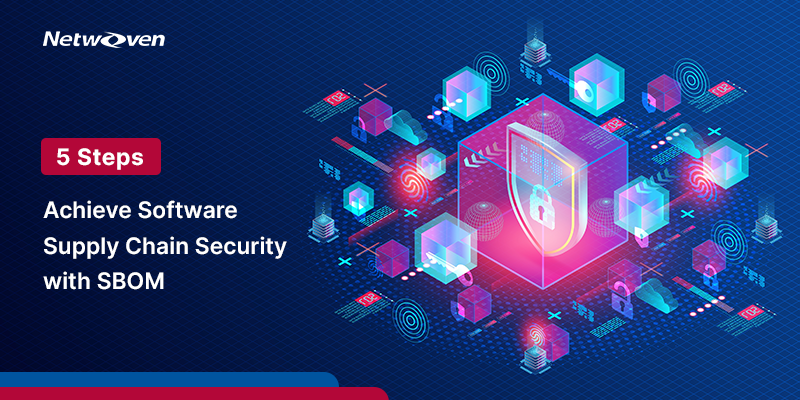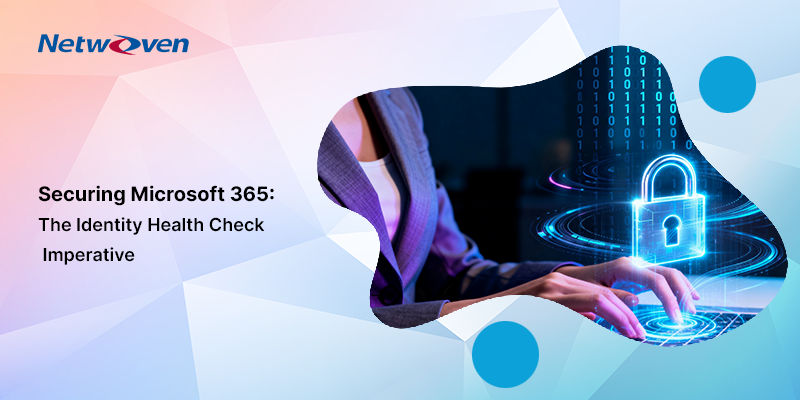Introduction
As cybercrimes get more sophisticated, it becomes imperative for organizations to focus on the security of software supply chains through secure software development. The Software Bill of Materials (SBOM) initiative addresses these challenges by providing transparency into vital software components as organizations strive for NIST (National Institute of Standards and Technology) certification. NIST is an agency of the United States Department of Commerce.
The 2024 State of Software Supply Chain Security Risks report by Security Boulevard states that only 39% of respondents say their senior leaders are truly committed to combating software supply chain threats. While 63% check third-party software for malware, most simply match SBOMs to known threats. Shockingly, just 45% delve into binary analysis, and a mere 37% maintain continuous threat monitoring. The gaps are alarming, and the stakes couldn’t be higher.
This white paper outlines the value delivered by an SBOM initiative. It highlights the outcomes achieved, and how it aligns with broader organizational goals, including enhancing software supply chain security and achieving compliance.
Understanding the SBOM initiative
The SBOM is a comprehensive inventory of all software components, including open-source software, third-party components, and internally developed code. It provides transparency into the software supply chain, allowing organizations to identify, track, and manage software dependencies and vulnerabilities effectively.
The SBOM initiative focuses on the following key aspects:
- Assessment of the current software development and supply chain practices.
- Identification of gaps and opportunities for improvement.
- Development of tailored recommendations to enhance software supply chain security.
- Implementation of SBOM practices to align with industry standards and support NIST certification.
This initiative aligns with NIST standards, ensuring that the organization meets the rigorous requirements for cybersecurity and supply chain risk management.
The Value of SBOM in Achieving NIST Certification
Achieving NIST certification is a critical goal for many organizations. The SBOM initiative supports this objective by providing the necessary tools and processes to meet NIST’s stringent requirements for software security and supply chain management.
The key benefits of SBOM in the context of NIST certification include:
Compliance Tool
SBOM helps meet NIST requirements by providing detailed documentation of software components, enabling traceability and accountability.
Risk Mitigation
By identifying and managing vulnerabilities in third-party components, SBOM reduces the risk of security breaches.
Enhanced Visibility and Control
SBOM provides visibility into the software supply chain, enabling better decision-making and proactive security measures.
Positioning SBOM to Engineering Teams
Engineering teams are often focused on delivering software efficiently, making it essential to demonstrate the direct benefits of SBOM to them. The following points highlight why SBOM is important for engineering:
Improved Software Quality
SBOM helps maintain high software quality by ensuring that all components are up-to-date and secure.
Reduced Vulnerabilities
With SBOM, engineering teams can quickly identify and address vulnerabilities, reducing the risk of exploits.
Streamlined Compliance
SBOM simplifies the compliance process, allowing engineers to focus on development rather than paperwork.
Additionally, SBOM can be integrated into existing workflows with minimal disruption, leveraging automated tools that fit seamlessly into the development lifecycle. Case studies and success stories from similar organizations can be powerful tools to demonstrate the value of SBOM adoption.
Case study: Semiconductor Leader Secures Supply Chain with Software Bill of Materials (SBOM) Compliance. Learn More.
Our Approach: From Discovery to Execution
Netwoven has a proven approach to executing an SBOM initiative. It has the following steps:
Discovery and Assessment
The initiative begins with a thorough discovery and assessment phase. During this phase, we assess the organization’s current software development practices and software supply chain management. This assessment identifies areas where improvements can be made and gaps that need to be addressed.
Based on the assessment, we provide tailored recommendations designed to enhance the security and transparency of the software supply chain. These recommendations include best practices for SBOM implementation, integration into existing workflows, and strategies for continuous improvement.
The implementation roadmap is developed to guide the organization through the adoption of SBOM, ensuring that each step aligns with the organization’s goals and supports their NIST certification efforts.
Customized Solution Design
During this phase, we create solution options and once an option is finalized, we create the solution design that meets the organization’s security, compliance, and operational requirements. We also provide DevSecOps best practices and tools to enhance automation and efficiency. The team also identifies Proof of Concept (POC) candidates for execution.
Our team creates the requirements for product selection and performs an in-depth product assessment for final selection.
POC and Pilot
During this phase, we implement the POCs for the selected candidates using the design and tools finalized in the Customized Solution Design phase. Network configuration, templates, and security configurations are tested during this phase. Feedback is gathered during this phase and the solution design is refined.
Full-Scale Deployment
During this phase, all the components are deployed and rollout is undertaken for the organization.
Continuous Optimization
After full-scale deployment, continuous optimization involves ongoing monitoring and evaluation to ensure the effectiveness of the solutions. This includes establishing performance metrics and generating regular reports to track progress. A feedback loop is implemented to refine practices based on stakeholder input. The approach adapts to emerging threats by updating security measures and SBOM processes. Continuous improvement is driven by best practices, and staff receive ongoing training to stay current with security developments. This holistic approach ensures the software supply chain remains secure, efficient, and aligned with organizational goals.
Conclusion
The SBOM project delivers significant value by enhancing software supply chain security, reducing vulnerabilities, and supporting compliance efforts, including NIST certification. By adopting SBOM practices, organizations can achieve greater visibility and control over their software components, leading to improved security and operational efficiency.
We encourage stakeholders to prioritize the adoption of SBOM as a critical component of their software development lifecycle. Our approach ensures that the implementation of SBOM is aligned with the organization’s goals, delivering measurable outcomes that support long-term success.























